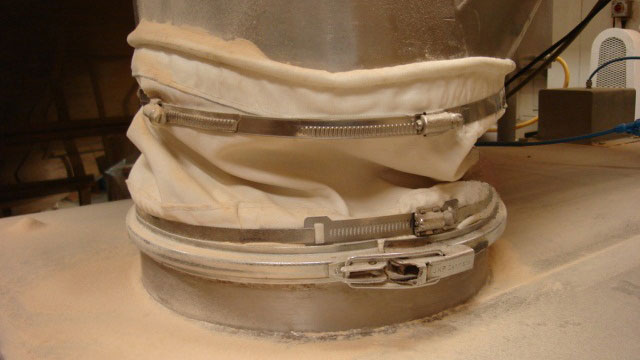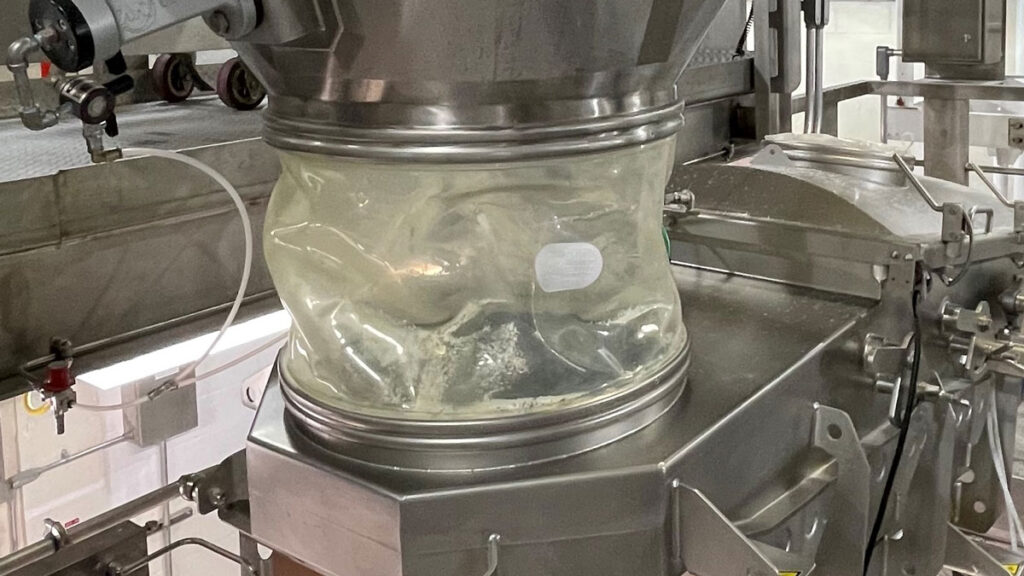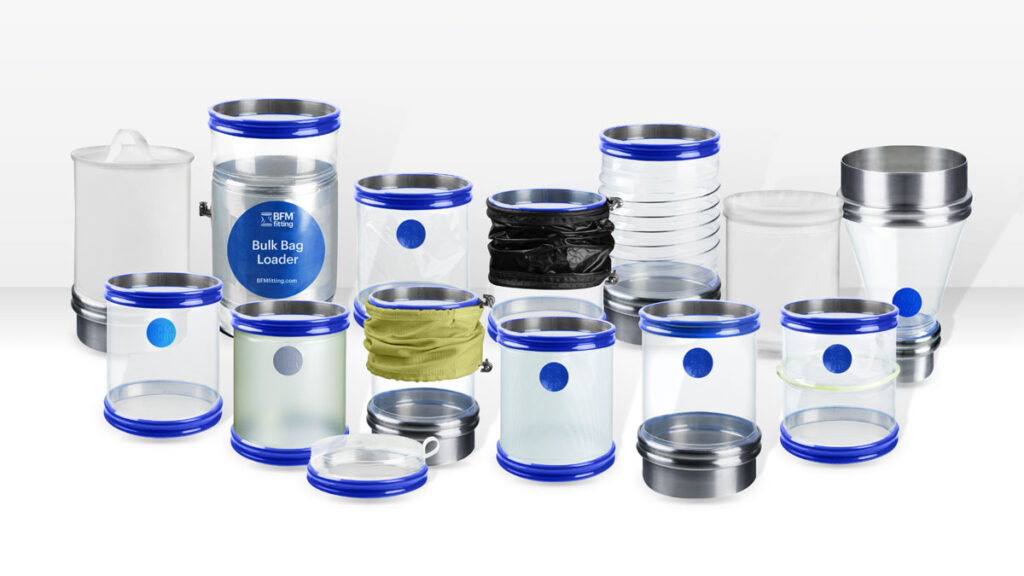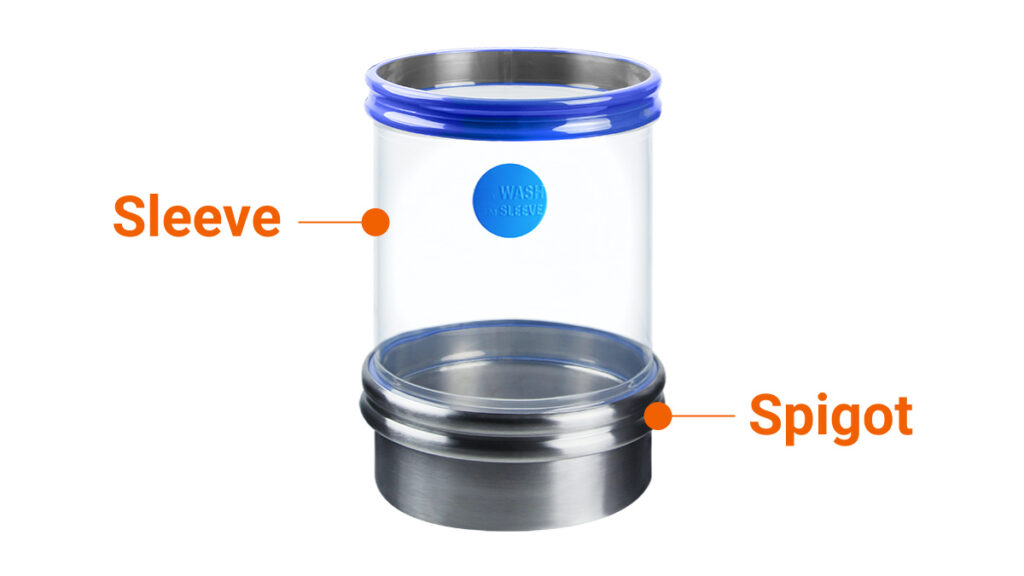Rethink Powder Processing: What Are Hose Clamps Costing You?
Especially if you work in a manufacturing industry that deals with powders, you know the struggle: Hundreds of thousands of dollars in top-of-the-line equipment and a $50 hose clamp is jeopardizing the entire operation.
These traditional flexible connectors may be a known evil, but do you really know how much they’re costing you? Let’s break down exactly what a faulty connector could mean for your business — and how to solve the issue.
Challenges of Traditional Hose Clamps

If you’ve been using traditional flexible connectors for a while now, you may have learned to live with the drawbacks. But “good enough” equipment is not good enough to keep you competitive.
Just the process of installing hose clamps is a time-consuming task, prone to causing injuries from pinch points or sharp edges. As clamps wear out, the need for replacement not only drives up costs but also contributes to longer plant downtimes.
However, the #1 issue with traditional hose clamps is that they’re not 100% sealed. Product leaks, creating a whole host of serious issues.
Dust Explosion Risk
Traditional hose clamps don’t seal in dust and can generate static electricity during the powder transfer process. This combination poses a significant risk for dust explosions. Without proper static dissipation, a single spark could ignite airborne dust particles, leading to devastating consequences.
Workers Breathing in Dust
Without an airtight seal, hose clamps allow fine powder to escape into the surrounding environment. This exposes workers to the hazards of inhaling airborne particles, which can cause respiratory issues and other health problems over time.
Product Loss
Traditional hose clamps rely on compression to create a seal, which can be less effective for fine powders. Even minor leaks or gaps can result in significant product loss, directly impacting your yield and profit.
Product Contamination
On the other hand, gaps also allow contaminants into the product flow. Most traditional hose clamps are not designed for easy cleaning and sanitization. Crevices lead to product buildup, which becomes a breeding ground for microbial growth. Without proper cleaning-in-place (CIP) compatibility, these clamps can compromise product quality and increase the risk of batch rejections.
Finding a Better Way
CEO and inventor, Blair F. McPheat, noticed many of these same issues when visiting manufacturing plants many years ago. Without any alternative on the market, he decided to create his own solution: BFM® fittings, the new standard in flexible connectors.

100% Sealed Flexible Connectors
BFM® fittings are 100% sealed and dust free. So all the issues that come with leaky connectors are no longer a problem. No product leaks, build up, or contamination. BFM® fittings not only improve safety by containing dust, but they’re also explosion resistant and static dissipating.
How Does It Work?
There are two main components to a basic BFM® fitting: The spigot and the sleeve. The spigot is what holds the sleeve in place and helps create an airtight seal. For connectors, it’s welded onto both openings. Grooves on the spigot help create the fitting’s internal seal.
After the spigots are in place, installing the sleeve takes seconds. Compared to the hassle of loosening clamps, BFM® fittings are designed to easily snap into place. That means considerably less plant downtime when it comes to changeover. Plus, you can expect them to last much longer than traditional hose clamps because of their durable material.
Browse The Family of BFM® fittings
BFM® fittings are compatible with many different industries, equipment types, and processes. Explore our inventory of products to see how BFM® can help streamline your operation.

When you’re ready, reach out to our team at PSI. With decades of experience in this business, we can answer all your questions and ensure you get the right fit.



